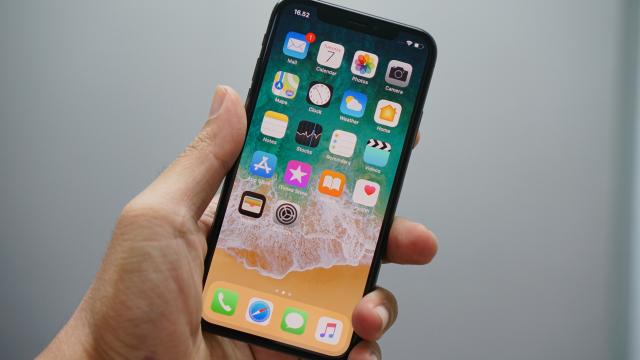In our never-ending quest to be less distracted by the technological tools and toys we surround ourselves with, cracking down on phone usage is one of the most important.
Putting our phones down means we’ll likely be less distracted at work, less anxious about missed notifications and maybe even sleep better.
This isn’t to suggest you unplug altogether — rather, it’s to make sure you’re using your phone when you actually want to, and not by the phone maker’s design.
[referenced url=”https://www.lifehacker.com.au/2018/10/your-notifications-are-lying-to-you/” thumb=”https://i.kinja-img.com/gawker-media/image/upload/kibgsajvzn9ugq9oypy2.png” title=”Your Notifications Are Lying To You” excerpt=”Ding! This needs your attention right now, notifications seem to say. Boing! It might be an emergency. Or, just as often. Boop! Somebody you love might want to talk to you. We get hundreds of notifications every day, and they are almost all lies.”]
Paring down notifications and deleting social media apps are probably the most helpful — and obvious — things you can do to cut down on phone distractions.
But Quartz points out one more setting that iPhone users can turn off that you might not even be aware exists.
It’s called “raise to wake”, and it displays your notifications on your lock screen when you “wake up” your phone, or lift it from a flat surface. Here’s how to turn it off:
Select Settings > Display & Brightness > Toggle off Raise to Wake
By disabling it, you’ll be less tempted to check in on notifications like the New York Times news alert or Bumble telling you that you have a new match when you accidentally nudge your phone or just want to move it to a different spot on the table.
Quartz also suggests organising your apps alphabetically, as opposed to organising them by how often you use them or another system that makes the one you want easy to find.
But for one less distraction, turn off “raise to wake”. Your focus will thank you.

Comments